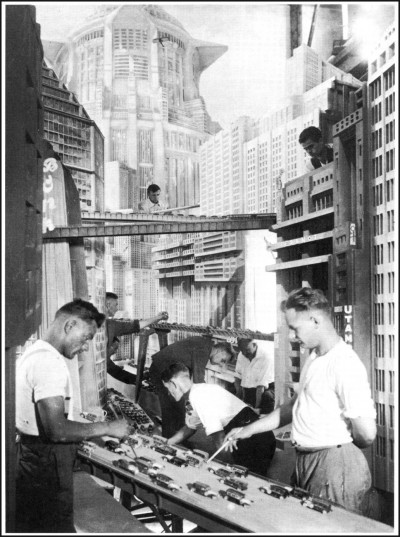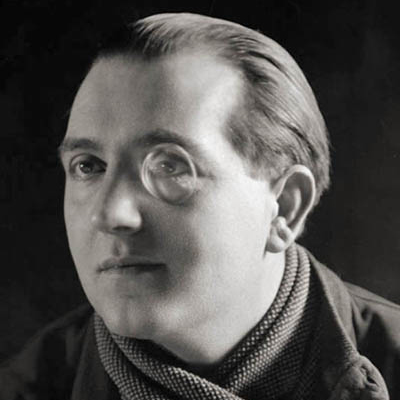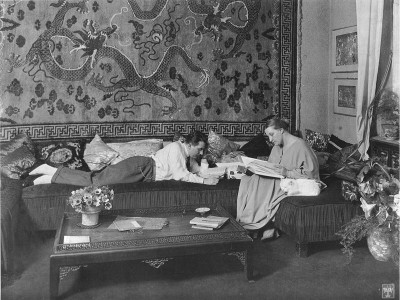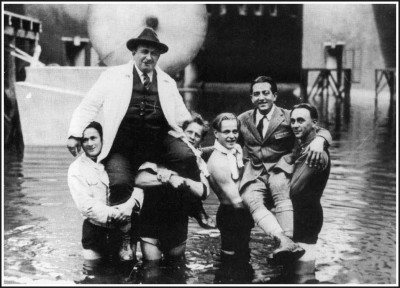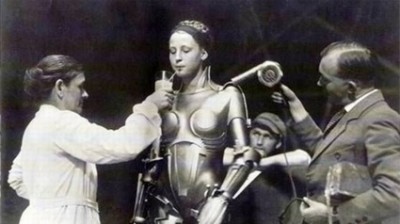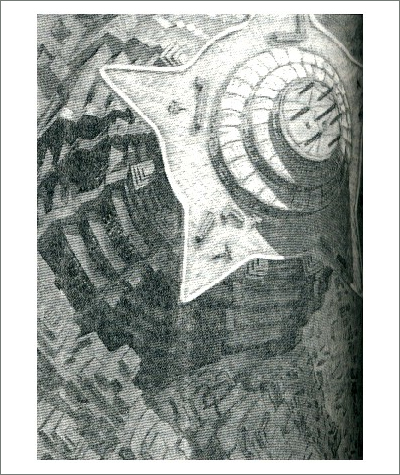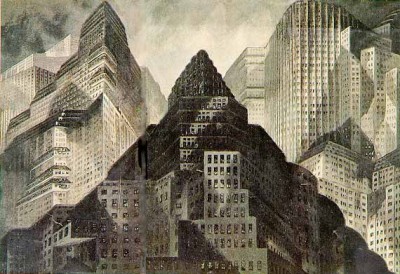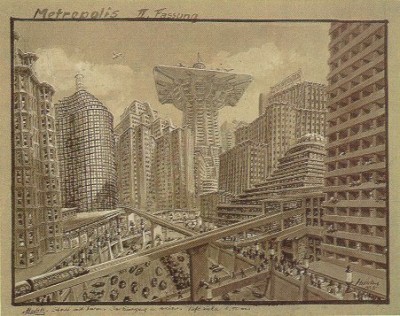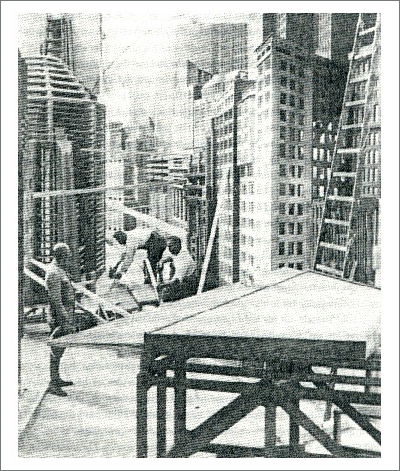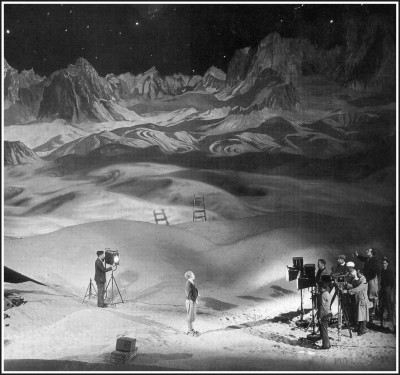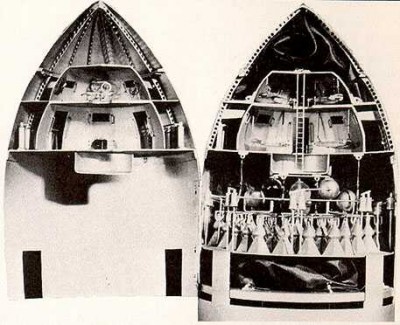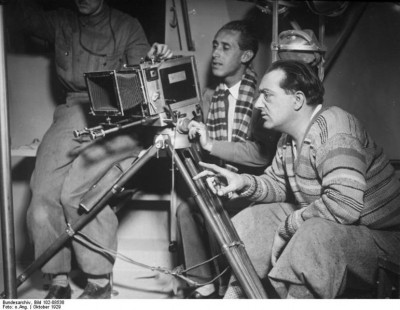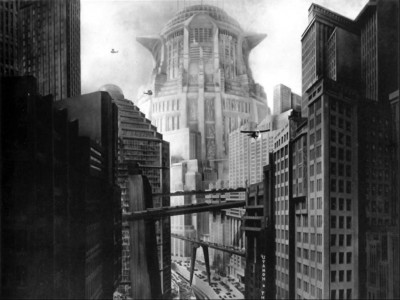
Motion as emotion.
The potential to be moved by movement was Lye’s motive force – he conceived his sculptures as performers rather than objects. Horrocks suggests Lye might have reframed Descartes’ dictum by declaring ‘I move, therefore I am’, and paraphrased Archibald MacLeish’s ‘A poem should not mean / But be’ with ‘A film should not mean / But move’.
How much attention do designers give to ‘composing motion’ through the way their creations move and /or the way people are made to move, and be moved, as they inter act with them? Lye’s prose included at least two explorations of bodily feelings and physical sensations around chairs.
ttp://www.introuble.com.au/www2/index.php?option=com_content&task=view&id=124&Itemid=65
Glenn Deegan
Motion in film. Lye was a pioneer of scratch film and one of the more important underground film makers of the early twentieth century. His film “Colour Box” (1935) was named as one of the top ten most influential animations, “Free Radicals” (1958) was in the top fifty. “Free Radicals” has also been included the US National Film Registry. Lye pioneered ‘scratch’ film, where the image is painted directly onto the celluloid. A technique later taken up and made famous by Norman Mclaren. As Lye tells it he was watching clouds one day and thinking about the way Constable used to try painting clouds in motion. “Well, I thought, why clouds, why not just motion? ... All of a sudden it hit me – if there was such a thing as composing music, there could be such a thing as composing motion.” The result is his ‘scratch’ films. Remarkable compositions of moving geometric shapes, dancing in all directions across the screen to jazz soundtracks. Jazz was the perfect fit for the free form films like “Swinging the Lambeth Walk” (1939). Lye made these films for the General Post Office in London. Later he would make films for Imperial Airways and The Ministry of Information and the American series “March of Time”.
Motion in his sculpture. The true power of this exhibit is Lye’s kinetic sculpture. Mesmerising works that frame the artist as engineer and the engineer as artist. As with his film work, Lye is a true Modernist here, not just thematically but through the choice of medium. It’s the machine as a work of art. “Grass” (1961-1965) is a plank of wood with dozens of metal rods protruding from it. The plank is mounted in the middle on a motor which gently rocks it like a seesaw. The rods wave like a sea of grass captivating, evocative and compelling. “Universe” (1963-1966) is a large two metre high loop of metal mounted to a base with electromagnets mounted either side, alternately powering up and down causing random movement like sound waves along the top of the loop. Above hangs a wooden ball. As the hoop bends up toward the ball, tension in the viewer rises so that when the hoop misses the ball there are sighs of disappointment, followed soon after by a release of tension as the hoop hits the ball. ‘CLANG’ the sound rings out across the exhibition space, then ‘CLANG’ ‘CLANG’ it continues in an irregular pattern. Lye’s original vision for this was as a sixty foot high sculpture that would have rang out like a cathedral bell.
























